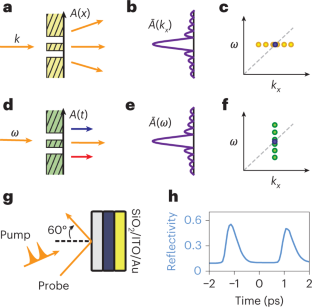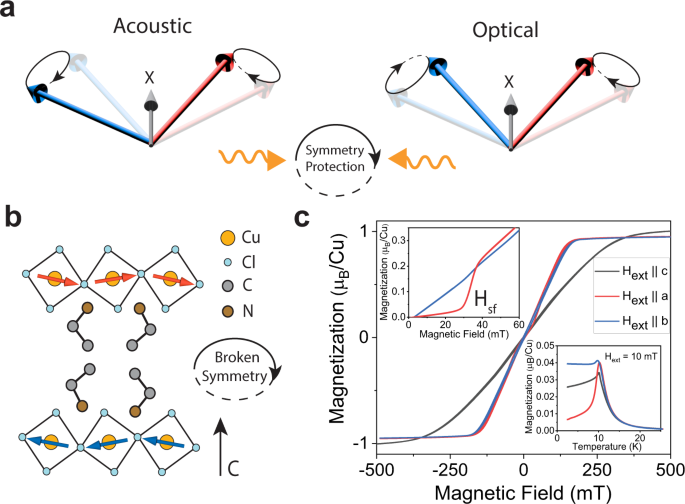2023-04-04 スイス連邦工科大学ローザンヌ校(EPFL)
EPFL物理学研究所のRichard Anderson氏率いる研究グループが、Cepheid星の最も正確な校正を行い、遠距離の測定に利用することで、矛盾をさらに強めた。CMBに基づく「早期宇宙」法でH0は67.4±0.5 km/s/Mpcである一方、距離梯子に基づく「後期宇宙」法では、SH0ESチームによる観測で、H0は73.0±1.0 km/s/Mpcという値が出ている。このように測定値に大きな矛盾があることは、物理学理解に基づく問題があることを示唆しており、物理学の基本的な法則について再考する必要がある。
<関連情報>
- https://actu.epfl.ch/news/a-new-measurement-could-change-our-understanding-o/
- https://www.aanda.org/articles/aa/full_html/2023/04/aa44775-22/aa44775-22.html
開散星団とケフェイドのGaia DR3データに基づく銀河系ケフェイド光度スケールの0.9%校正 A 0.9% calibration of the Galactic Cepheid luminosity scale based on Gaia DR3 data of open clusters and Cepheids
Mauricio Cruz Reyes and Richard I. Anderson
Astronomy & Astrophysics Published:04 April 2023
DOI:https://doi.org/10.1051/0004-6361/202244775

Abstract
We have conducted a search for open clusters in the vicinity of classical Galactic Cepheids based on high-quality astrometry from the third data release (DR3) of the ESA mission Gaia to improve the calibration of the Leavitt law (LL). Our approach requires no prior knowledge of existing clusters, allowing us to both detect new host clusters and cross-check previously reported associations. Our Gold sample consists of 34 Cepheids residing in 28 open clusters, including 27 fundamental mode and seven overtone Cepheids. Three new bona fide cluster Cepheids are reported (V0378 Cen, ST Tau, and GH Lup) and the host cluster identifications for three others (VW Cru, IQ Nor, and SX Vel) are corrected. The fraction of Cepheids occurring in open clusters within 2 kpc of the Sun is fCC,2 kpc = 0.088−0.019+0.029. Nonvariable cluster members allow us to determine cluster parallaxes to ∼7 μas in the range 12.5 < G < 17 mag, where recent studies found that parallax corrections by Lindegren et al. (2021, A&A, 649, A4, L21) are accurate and require no further offset corrections. By comparing Cepheids in MW clusters to Cepheids in the LMC, we confirm these independent results and the adequacy of the L21 corrections for the cluster members in this range. By combining cluster and field Cepheids, we calibrate the LL for several individual photometric passbands, together with reddening-free Wesenheit magnitudes based on Gaia and HST photometry, while solving for the residual offset applicable to Cepheid parallaxes, ΔϖCep. The most direct comparison of our results with the SH0ES distance ladder yields excellent (0.3σ) agreement for both the absolute magnitude of a 10 d solar metallicity Cepheid in the near-IR HST Wesenheit magnitudes, MH,1W = −5.914 ± 0.017 mag, and the residual parallax offset, ΔϖCep = −13 ± 5 μas. Despite the use of a common set of photometry, this is an important cross-check of the recent Hubble constant measurement by Riess et al. (2022a, ApJ, 938, 36) based on independently determined cluster membership and average parallaxes. Using the larger sample of 26 Gold cluster Cepheids and 225 MW Cepheids with recent Gaia DR3 astrometry and photometry, we determine MG,1W = −6.051 ± 0.020 mag in the optical Gaia Wesenheit magnitude at the sample average iron abundance of (⟨[Fe/H]⟩ = 0.069) and ΔϖCep = −22 ± 3 μas. Correcting to solar metallicity yields MG,1W = −6.004 ± 0.019 mag and ΔϖCep = −19 ± 3 μas. These results mark the currently most accurate absolute calibrations of the Cepheid luminosity scale based purely on observations of Milky Way Cepheids, and it is also the most precise determination of the residual Cepheid parallax offset at a significance of 6 − 7σ.



